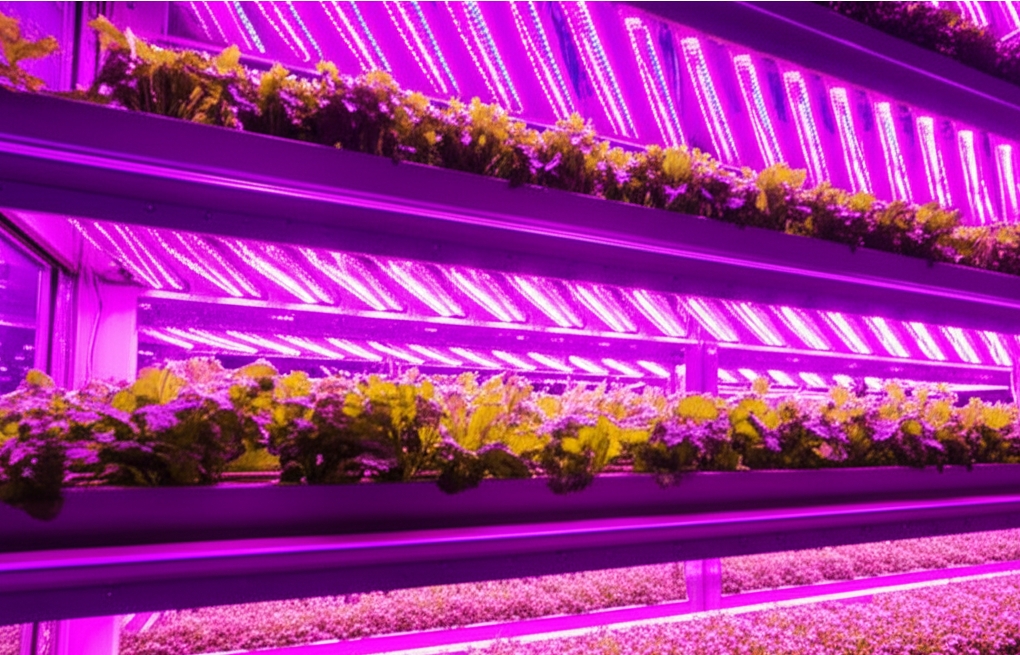Shedding Light on Growth: How LED Technology is Revolutionizing Plant Cultivation
Anytown, USA – June 21, 2025 – From commercial greenhouses to hobbyist indoor gardens, a quiet revolution is taking place in plant cultivation, driven by the increasingly sophisticated application of LED (Light Emitting Diode) grow lights. Once a niche product, LED technology has matured, offering a compelling array of benefits that are fundamentally changing how we grow plants, making them healthier, more productive, and more sustainable.
The primary advantage of LED grow lights lies in their tailored spectrum. Unlike traditional High-Pressure Sodium (HPS) or Metal Halide (MH) lamps that emit a broad spectrum of light, often with significant portions unusable by plants, LEDs can be engineered to produce specific wavelengths. Plants primarily utilize red and blue light for photosynthesis. Red light is crucial for flowering and fruiting, while blue light promotes vegetative growth and strengthens stems. Modern LED grow lights can combine these wavelengths in precise ratios, often incorporating other beneficial spectrums like green or far-red, to optimize growth for different plant species and growth stages. This targeted approach means less wasted energy and more efficient conversion of light into plant biomass.
Beyond spectral efficiency, energy efficiency is a cornerstone benefit of LED technology. Compared to their HID counterparts, LEDs consume significantly less electricity to produce equivalent or superior light output. This translates directly into lower operational costs for growers, a critical factor for large-scale commercial operations. The reduced energy consumption also contributes to a smaller carbon footprint, aligning with growing demands for sustainable agricultural practices.
Another significant advantage is the minimal heat emission from LED fixtures. Traditional grow lights generate substantial heat, often requiring elaborate ventilation systems to prevent plant damage. LEDs, in contrast, run much cooler, allowing them to be placed closer to plants without fear of scorching. This proximity ensures more light reaches the plant canopy, maximizing light absorption and growth. The reduced heat also creates a more stable growing environment, minimizing stress on plants and often leading to healthier, more robust specimens.
The longevity and durability of LED grow lights also present a compelling case for their adoption. With lifespans often exceeding 50,000 hours, LEDs far outlast conventional bulbs, reducing the frequency and cost of replacements. Their solid-state construction makes them less fragile and more resistant to impact, further enhancing their durability in demanding growing environments.
Finally, the compact and modular design of LED grow lights offers unparalleled flexibility. Their slim profiles allow for vertical farming setups, maximizing yield in limited spaces. The ability to customize light configurations and even dim individual diodes provides growers with precise control over their growing environment, enabling them to fine-tune conditions for optimal plant development.
As the technology continues to advance and become even more affordable, LED grow lights are poised to play an even more dominant role in both commercial agriculture and home gardening. Their ability to deliver customized light, conserve energy, reduce heat, and offer long-term reliability makes them an indispensable tool for anyone looking to cultivate healthier, more productive plants.

